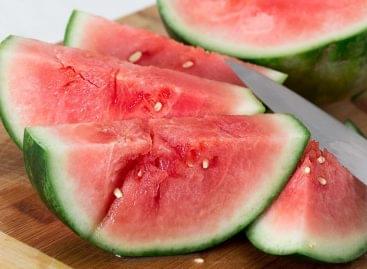Black tea continues to fade in the market
The market of tea is becoming increasingly colourful. Owing to the rapid changes in tea culture, green, herbal and fruit teas are challenging the once dominant black tea.
Black tea is the most frequently consumed breakfast drink for many families. There is however, another, growing group of people who are open to new things and consume other kinds of tea throughout the day. According to Éva Bárdi, trade marketing manager of Unilever Magyarország Kft., this new group of tea fans consumes more intensively than the devotees of black tea and represents substantial purchasing power. Herbal, green and fruit teas are showing dynamic growth, while other segments remain marginal. The assortment of Herbária Zrt. also illustrates the change in trend. As Zsuzsa Köcs, franchise and project leader of Herbária Zrt. explains, they introduced a number of fruit teas in addition to their older herbal tea product line sold under the name “Herbária Patikája”, in 2007. “Coloured” teas also come from tea shrubs, but different methods of processing are used than for black tea. It is too early to tell yet how well various new segments will perform. One of the new segments, white tea is described by Krisztina Kuti, brand manager of Maresi Foodbroker Kft.: White tea leaves are not steamed at all, so no fermentation takes place. It is expensive, because it contains no theine. Although we see some demand, we are not planning to introduce Twinings white tea yet. Another new development is the growing popularity of traditional tea in higher price segments. Pickwik had been the first to introduce traditional tea, adding Lipton 4 to their assortment last year. In 2007, Unilever focused communication of its Lipton brand on explaining the positive effects of black tea. It is not only theine which is responsible for the refreshing effect of tea but also L-teanine. It is found in black and green teas and can boost intellectual performance without upsetting the balance of our metabolism. Herbária Zrt. is the market leader in the segment of single component herbal teas and mixed teas. Their revenues increased by over 15 per cent in both categories last year. – For people with a sophisticated tea culture, it is important to be able to see the tea leaves – says Zsuzsa Kőcs. Tea is not only consumed for its beneficial effects but also for enjoyment. New Herbária products introduced in recent years were true innovations, not simply versions of other products introduced by competitors. Earl Grey continues to be the most popular among Twinings brands. The popularity of their green teas continues to increase within the assortment. The flavour of Twinings Zöld tea & Citrom seems to be the closest to Hungarian taste. Though the market share of private labels increased somewhat last year, to 12-13 per cent, consumers show relatively strong preference for quality. High quality products of major brands lead the market in several segments.
Related news
Related news
Drought, technological competition and collaboration: the domestic melon season has begun
The 2025 Hungarian melon season starts amidst serious challenges: the…
Read more >Tourism economy deteriorating, but better than the national economic average
In June 2025, 70% of tourism companies reported an increase…
Read more >Price increases, export declines, new consumer habits – this is how the poultry and egg market developed in the first half of 2025
Látványos változások jellemezték 2025 első félévét a hazai baromfi- és…
Read more >



